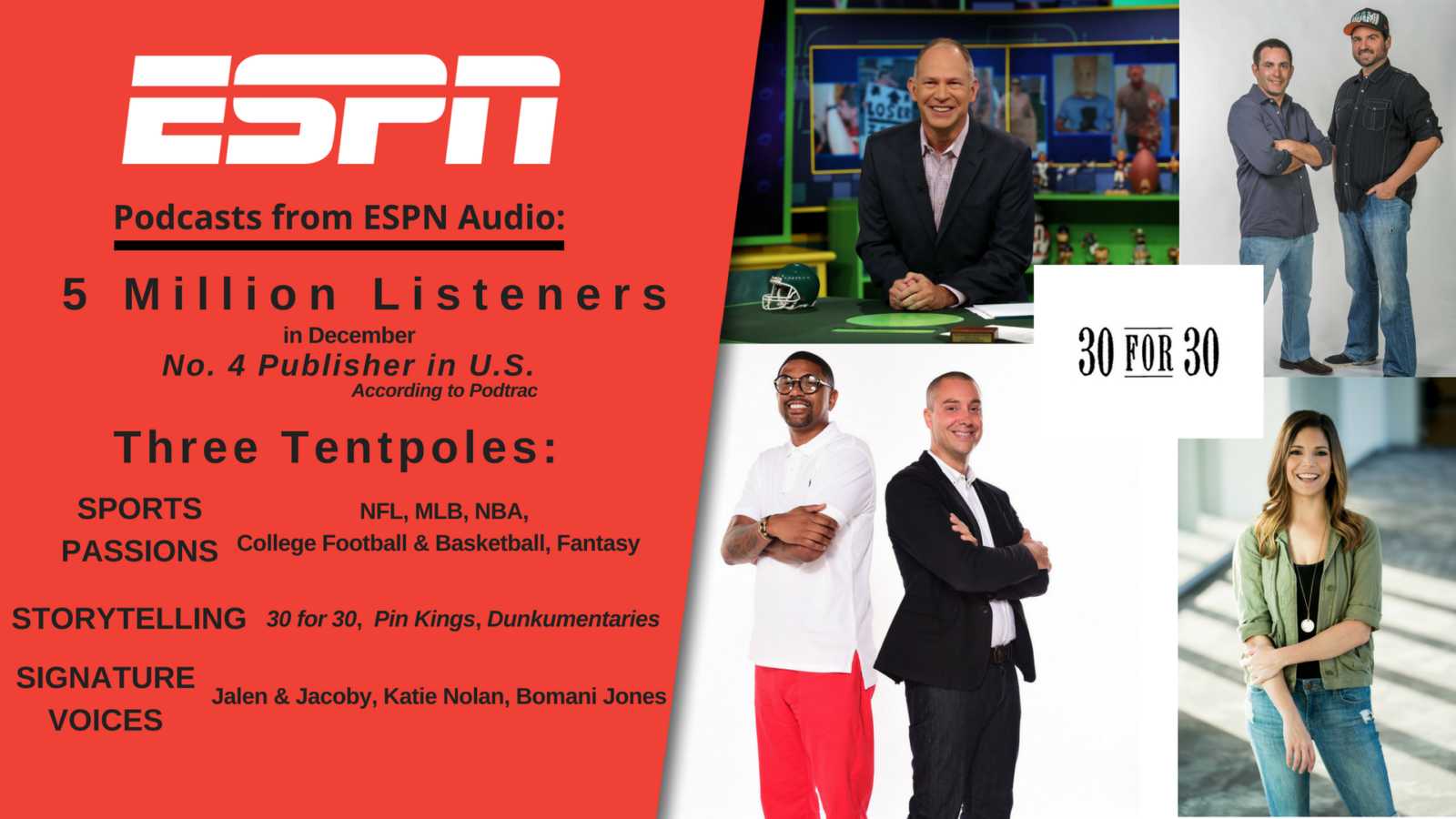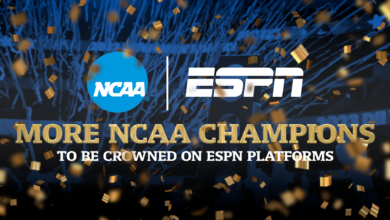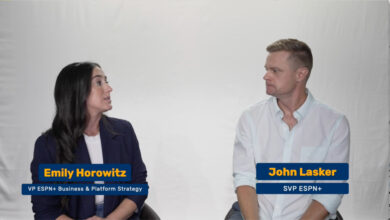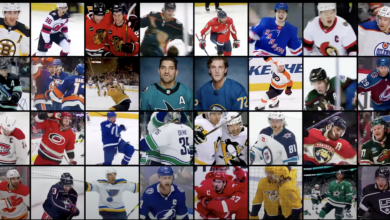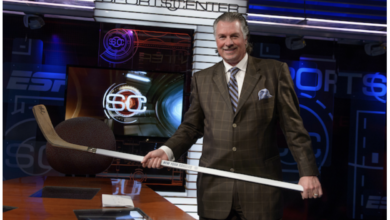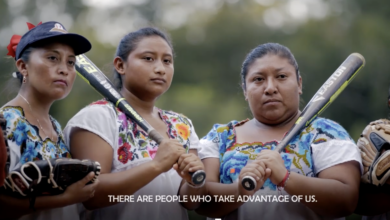ESPN’s podcast business benefits from history
Traug Keller, SVP, ESPN Audio, explains
EDITOR’S NOTE: Podcasts are a hot, still-new but growing medium popular with younger users – “first adopters” – that connects them to their favorite content when and where they want it. Very modern. On the other hand, podcasts also rely on a century-old truism from radio – the one-on-one “intimacy” of the medium and the audio/listener relationship. Here, Senior Vice President, ESPN Audio, Traug Keller, explains where the company is – and where it is headed – with its podcast business. Perhaps understandably, the evolution is reminiscent of the evolution of ESPN’s television business and its programming lineup over the years.
It amuses me when I read about podcasting in the media with references to it being “new” or “emerging.”
As ESPN has done with other technologies – be it cable TV in 1979, the Internet in the ‘90s, HD television or mobile initiatives more recently – we embraced podcasting as soon as we could and ran with it – even if we didn’t always know where we would end up!
We launched our first podcast way back in 2005. A head start is often critical in a competitive business environment.
I also chuckle when people refer to podcasting as some mysterious new format to figure out. I’ve spent a career in audio, and I can tell you the key ingredients for compelling audio are constant.
ESPN podcasts reached five million listeners in December to rank as the fourth-largest podcast producer in America. (source: Podtrac)
The most important factor throughout the audio evolution – from AM to FM to streaming to satellite and now to podcasting – is establishing a relationship between the host and the listener. There is something about audio that is very different from TV with pictures, pages in a magazine or images on a computer screen.
There’s an intimacy with the consumer that is both elusive and essential.
To that end, we are focusing on three tentpoles in our lineup of original podcasts (that is, outside of the migrated radio shows, which, because of people’s work schedules, remain a robust segment for our on-demand business, led by The Dan LeBatard Show).
They are sports passions (NFL and college football with a variety of shows, NBA, MLB and fantasy sports led by Matthew Berry), storytelling and personality-based shows with hosts who break through the clutter.
In January, Sports? With Katie Nolan debuted, with Right Time with Bomani Jones in the works. They join Jalen and Jacoby as vehicles to reach new audiences.
To get there, we pared our lineup – once numbering in triple digits – to about 35, focusing on the most popular offerings (NFL, MLB and NBA) and other niche topics where we can “own” the category. It’s a “less is more” strategy, where we can better produce and promote a smaller lineup. After all, to make it in this world, you need scale.
In that way, the progression mirrors what happened to the ESPN programming lineup over the years. Once home to “something for everyone,” now the focus is on the major professional and college sports of most interest to the largest group of fans.
With revenues rising, sports included, and, as ESPN accomplishes in other media, to best be part of that we want to “own” the spaces we’re in. We’re relying on old lessons from radio and TV to make it work, but with a new delivery system.
Also, of course, like in any business, you need a strong leader to drive success, and that’s what we have in Vice President, Digital Strategy and Marketing, Tom Ricks.
In the end – as in so many ways in life today – the consumer is in charge. Podcasting recognizes that with portability of time and place.
We don’t care where, we simply want to be in people’s ears!
